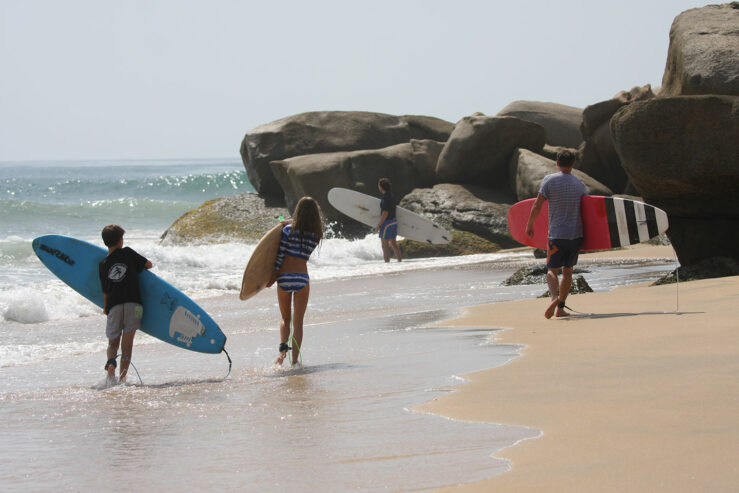Kalutara is a quaint coastal town in south-western Sri Lanka, about 40 km from Colombo. Though not as popular as neighbouring Bentota or Beruwala, it has a colourful cultural heritage of its own. Taking its name from the Kalu river which starts from here, the town has many interesting sites such as the Kalutara Bodiya, Kalutara beach and Fa-Hien caves, the largest natural stone cave in South Asia.
These magnificent caves have been inhabited since prehistoric times. According to legend, the caves are named after a Buddhist monk who sailed to the island from China in the 5th century. Visiting them should be on every visitor’s bucket list of things to do in Kalutara due to their spiritual atmosphere and archaeological significance.
Let’s take a closer look at what you can expect to see here, as well as other Kalutara attractions.
Situated 400 feet above sea level, the Fa Hien caves are located in the remote village of Yatagampitiya. There are 350 steps that lead up to the caves, so prepare yourself for a long climb. It is worth every minute, once you reach the top, though. The path will take you through thick jungle, so be aware of leeches, especially during the rainy season. It is best to take a guide as they will be able to provide useful information. Surrounded by lush greenery and natural beauty, the caves are peaceful and quiet, perfect for reflective moments. You’ll be able to take some lovely photos during sunrise or sunset, making it one of the must-see Kalutara tourist attractions. The entrance of the cave is 175 feet high and over 200 feet long, with a reclining statue of a Buddha, symbolising a strong connection to the Buddhist faith.
This prehistoric cave is a gem for visitors interested in Archaeology, making it one of the best places to visit in Kalutara. The Archaeological Department has carried out many excavations in the caves over the years. Weapons made of stone and animal bones, bone tools, and prehistoric fireplaces were discovered.
Archaeologists also found burial sites, and recovered five human skulls: three children, and two adults. Using radiocarbon dating, they were found to date back 37,000 years. One of these skeletons is the Pahiyangala Manawakaya (Pahiyangala Man), who had a short vertebral structure, wide jaw bones, a large palette, and large grinding teeth. The ancient cave dwellers were thought to have eaten a species of edible snail, and wild breadfruit. A second excavation that took place in 1988 uncovered the remains of prehistoric fireplaces, microlith stone tools, human remains and organic material. Another excavation carried out in 2013 revealed human remains dating back to 5400 and 6850 years ago.
As mentioned, the cave is named after the Chinese Mahayana Buddhist priest Fa-Hien. This Chinese scholar-bhikkhu travelled to many lands, and was believed to have lived for several months in the Pahiyangala cave when he arrived in ancient Sri Lanka. A vessel said to have been used by him was discovered during the excavations.
For visitors to Kalutara, sightseeing opportunities are in abundance, with many eye-catching waterfalls nearby, such as Makeli Ella, Minee Ella and Thudugala Ella. Also pay a visit to Richmond Castle, a beautiful mansion built in the style of British country houses. Buddhist pilgrims can visit the Kande Viharaya and Kalutara Bodiya. Hotels in Kalutara are some of the best, with luxury resorts such as the Mermaid Hotel and Club. This tropical haven offers comfortable ocean front suites, romantic beachside dining, a spa, and a large pool to cool off in on a hot day.
The Fa-Hien caves offer a blend of spirituality, prehistory and natural beauty, making it an important attraction for every visitor to Kalutara.
























































